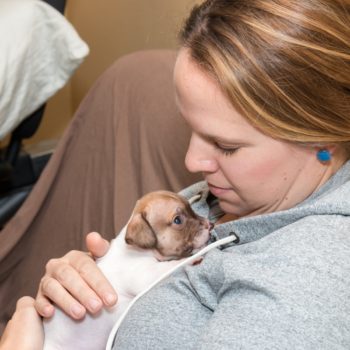How can you increase the number of foster families working with your shelter or rescue group without much work on the part of your organization? By implementing peer-to-peer support groups!
In our latest Maddie Talk, Grow and Keep Your Fosters Happy with Peer Support Groups, Jenn Strickler of Pibbles and More Animal Rescue (PMAR) shows how it works.
“We wanted to find a way to support our fosters, improve the quality of care for our rescue animals and expand the number of foster homes in our rescue,” she explained. “That’s when we started peer-to-peer support groups.”
The support groups use foster families themselves to:
- Educate each other
- Support each other
- Recruit new members
- Prevent drop out
“Before the program we had 29 foster families scattered over several states. Since implementing the program, we have 110 families!” said Strickler. “Most importantly, we no longer have dogs in boarding kennels. All of our rescued animals are in family settings where they’re happier and more comfortable, and it helps make them adoptable faster.”
Among its many benefits, peer-to-peer support groups for fosters promote community, build foster caregiver skills and expand the number of foster homes.
Watch the 9 minute Maddie Talk to learn about PMAR’s peer-to-peer support groups,and how you can implement them in your own foster program.

